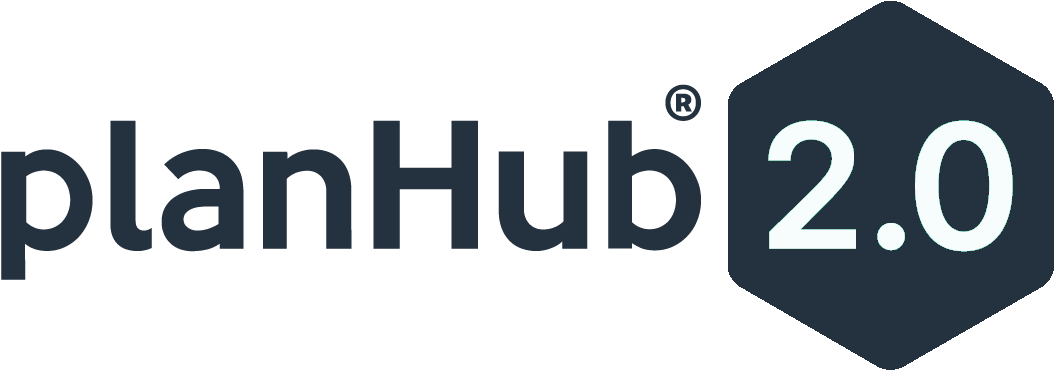Understanding how to bid construction jobs is key to winning more construction projects and work. A construction bid can be confusing if you don’t fully understand the construction bidding process on a construction project or how to bid construction jobs.
From understanding what a construction bid should look like to how to put together a bid on a construction project, you might have many questions. So, we’ve got a quick rundown on the process of bidding a construction job, both as a general contractor, or GC, or as a subcontractor.
How to Bid Jobs as a Contractor
1. Find jobs to bid
If you’re lucky, a project owner will send you an RFP or RFQ directly and ask you to bid on their construction projects. Otherwise, you’ll need to bid on construction projects on construction job lead sites and general contractor software, like PlanHub, the owner’s website, a construction bidding website, and bid exchanges. Once you have found some construction bid opportunities that fit your work, you can move on to assessing the project.
2. Assess the project
First, you need to determine if the project type is a good fit for your company. Indicators include the scope of work, the amount of work or size of the project, the location, and your current workload.
3. Send invitations to subcontractors
If you decide to bid on the project, you’ll need to invite subcontractors to perform each trade. You’ll write up an invitation to bid (ITB) and post it on plan lead sites, or send it directly to subcontractors you want to invite.
4. Takeoff
The general contractor takeoff usually involves a list of the scopes of work and quantities shown on the bid document. During the bidding process, you’ll be answering subcontractor questions and submitting RFIs. Additional bid documents may be issued during the bidding process, and they’ll need to be distributed to subs and suppliers.
5. Bid day
If the contractor was selected for the project, they will enter into negotiations with the project owner on contract terms and price. Once an agreement has been reached, the contract is written and signed by the contractor and the owner.
6. Negotiate with the owner
If the contractor was selected for the project, they will enter into negotiations with the project owner on contract terms and price. Once an agreement has been reached, the contract is written and signed by the contractor and the owner.
7. Buyout
After signing the contract, the general contractor selects subcontractors for their team and issues them contracts and purchase orders. Negotiations are still possible at this point.
8. Start the project!
How to Bid Jobs as a Subcontractor
1. Find jobs to bid
A general contractor may send you directly an invitation to bid on a project, or you may have to search subcontractor bidding sites, like PlanHub. PlanHub allows you to search project documents by keyword, so you can quickly find jobs that include your scope of work.
2. Assess the project
Review the bidding documents to determine if the project is a good fit for you and your team. Things to look at include the scope of work, the amount of work, the location of the project, whether any specialty products are required, and your current workload and schedule.
3. Takeoff
If you decide to bid on the project, you’ll start with a material and labor takeoff. This is a list of all materials and equipment needed for the project, along with calculations for how long it will take to install. It is the basis of your estimate. If you have questions about the project, you can submit them to the general contractor to follow up with the owner or design team. Once you have your costs estimated, you add markup and overhead, and profit to get your proposal price.
4. Bid day
On bid day you’ll submit your proposal to the general contractors bidding the project and answer any questions they may have. They may ask you to revise your proposal, this is common. Each general contractor submits their bid to the owner, and the winning GC is selected.
5. Go to contract
If the winning GC for the project selects you, you’ll start negotiations and eventually go to contract. Once the contract is signed you are ready to …..
6. Begin work!
From crafting a construction contract, to understanding the different types of construction contracts, to the bid process, it can all feel confusing. There are many construction bidding websites or subcontractor bidding sites, like PlanHub, that can help you find opportunities. Visit PlanHub for a free demo and help for finding work.
Resources

PlanHub To Hold Virtual Growth Summit for Construction Professionals
WEST PALM BEACH, Fla., June 12, 2025 /PRNewswire-PRWeb/ — PlanHub, the premier preconstruction management solution for commercial construction professionals, is proud to announce Virtual Growth

Building Better, Together: Our Unforgettable Experience at the 2025 Advancing Preconstruction Conference
Last week, five of us from PlanHub flew in from all across the U.S.—California, Arizona, Utah, and Wisconsin—to meet up in San Diego for one

PlanHub to Showcase the Latest in Preconstruction Management Tools at Advancing Preconstruction 2025
WEST PALM BEACH, Fla., April 29, 2025 /PRNewswire-PRWeb/ — PlanHub, the premier preconstruction management solution for commercial construction professionals, will be appearing for a third





